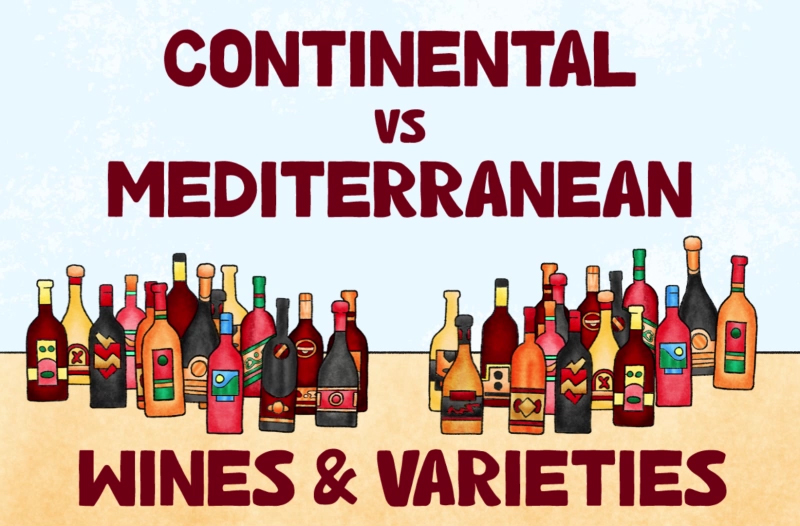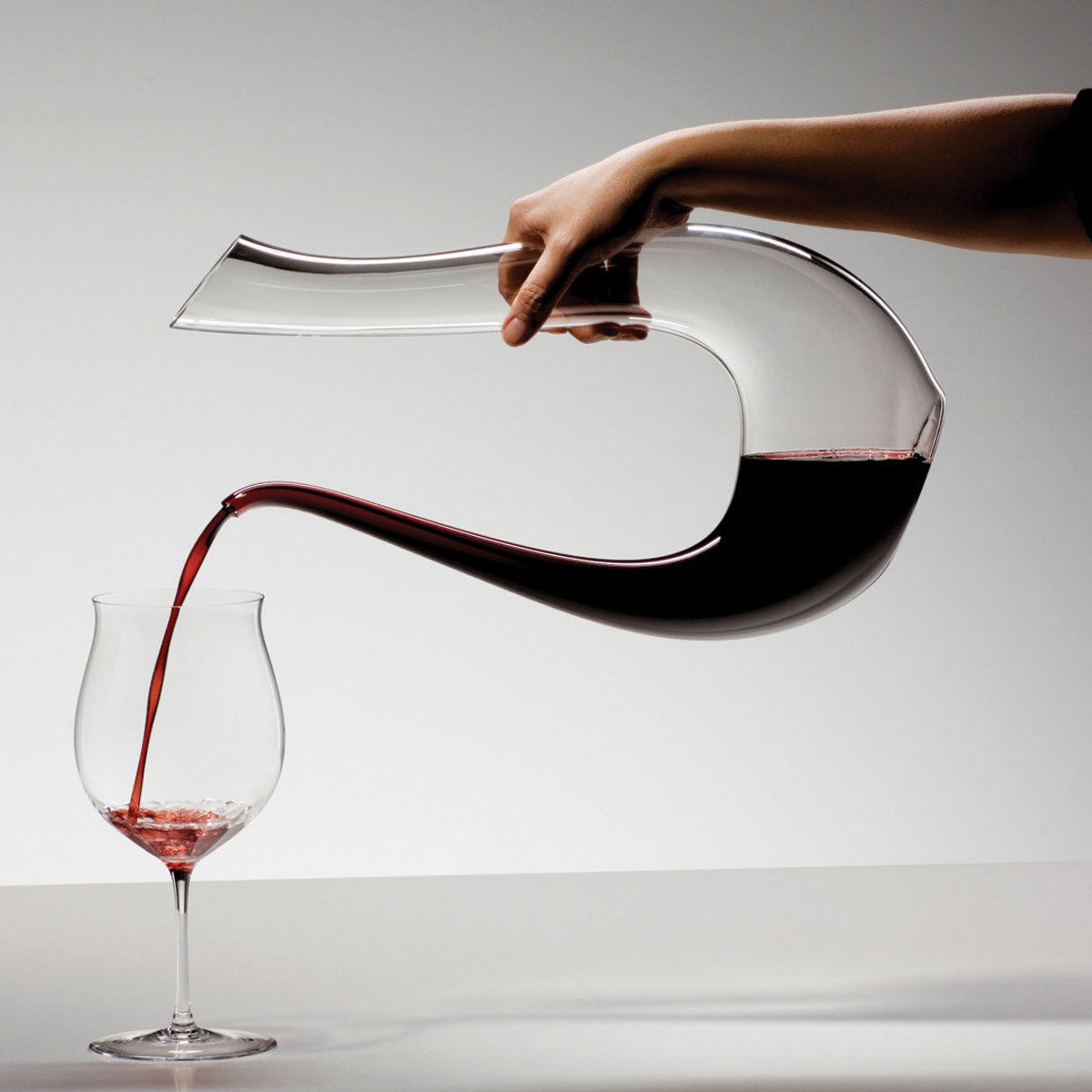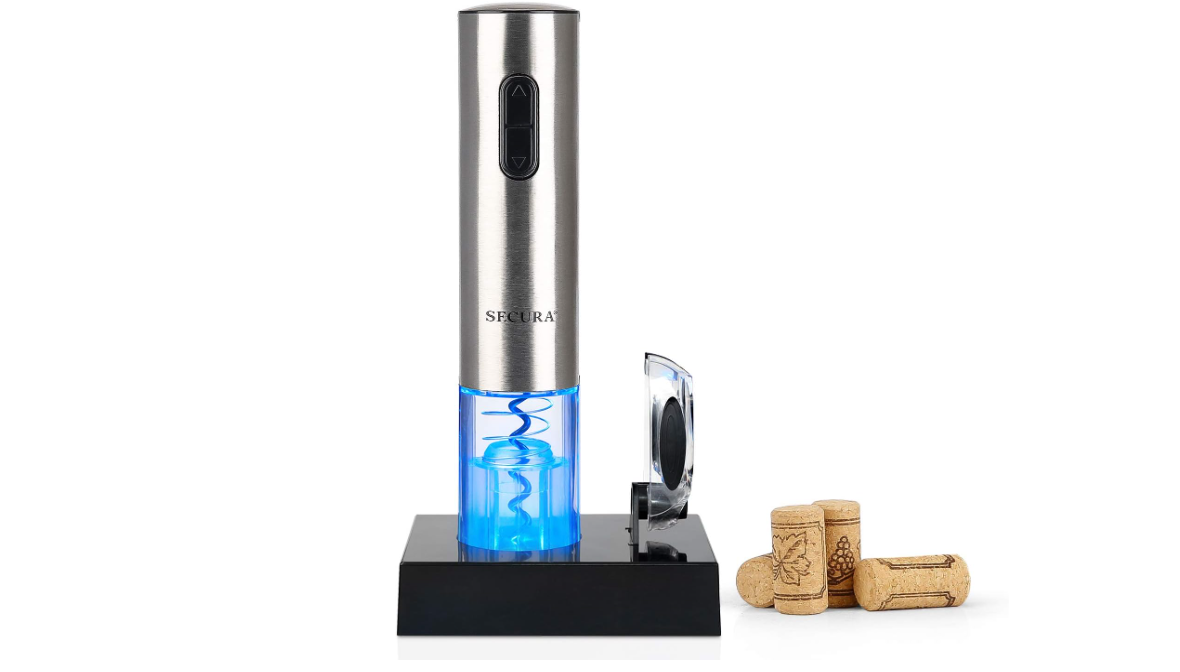The Many Faces of Malvasia Istriana: Which Style Suits Your Palate?
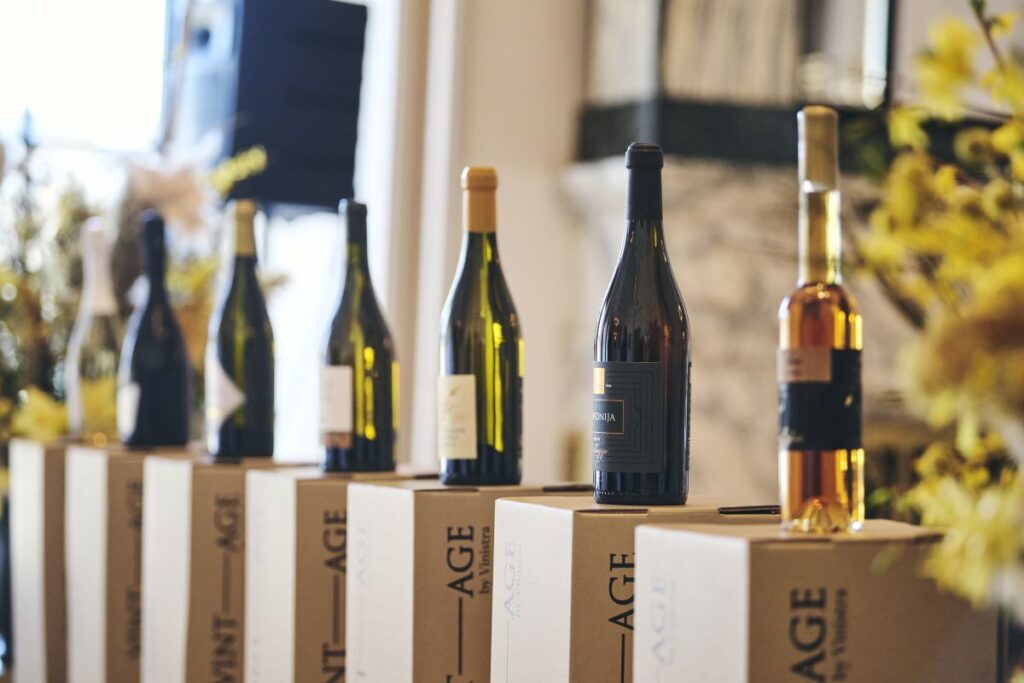
For decades, Istrian winemakers have been captivated by the remarkable results achieved with Malvazija, a foundational Istrian grape variety. By dedicating worthy attention to both the vineyards and the cellar, they have unlocked new and expressive possibilities for this grape. The creative ingenuity of Istrian winemakers is highly acclaimed, not only for their fresh styles but also for the increasingly frequent accolades bestowed upon their alternative approaches. Its remarkable versatility sets Malvazija Istriana apart, enticing oenophiles with an extensive range of styles. Istrian Malvazija had come a long way since its early days when it was predominantly enjoyed in a traditional, fresh form. In recent years, winemakers have honed their expertise in nurturing this grape variety, realizing its potential to shine in various styles, and unlocking an array of sensory experiences for wine enthusiasts. The global wine community has taken note of these bold endeavors, and accolades for Malvazija Istriana (further in the article Malvazija) are not limited to its classic fresh style alone. Recognition and appreciation have extended to these new frontiers of winemaking, lauding the creativity and innovation displayed by Istrian winemakers as they push the boundaries of what Malvazija can achieve.
Great wine is made in the vineyard
The journey begins in the vineyards, where winemakers have learned to respect and understand the delicate balance required for growing exceptional Malvazija grapes.
The unique Istrian terroir, characterized by a blend of sea and continental influences, provides the ideal environment for cultivating this grape variety.
Through meticulous vineyard management practices, including careful pruning, canopy management, and sustainable farming techniques, winemakers have ensured the grapes mature optimally, attaining the perfect balance of acidity and sugars.
Upon harvesting, the grapes embark on a transformational journey in the cellar. Winemakers now employ various winemaking techniques, adapting to the grapes’ individual characteristics and the desired style they wish to achieve.
As wine enthusiasts continue to explore the plethora of styles, they are undoubtedly bound to encounter an Malvazija that perfectly complements their preferences and creates an unforgettable tasting experience.
The sparkling Malvasia Istriana
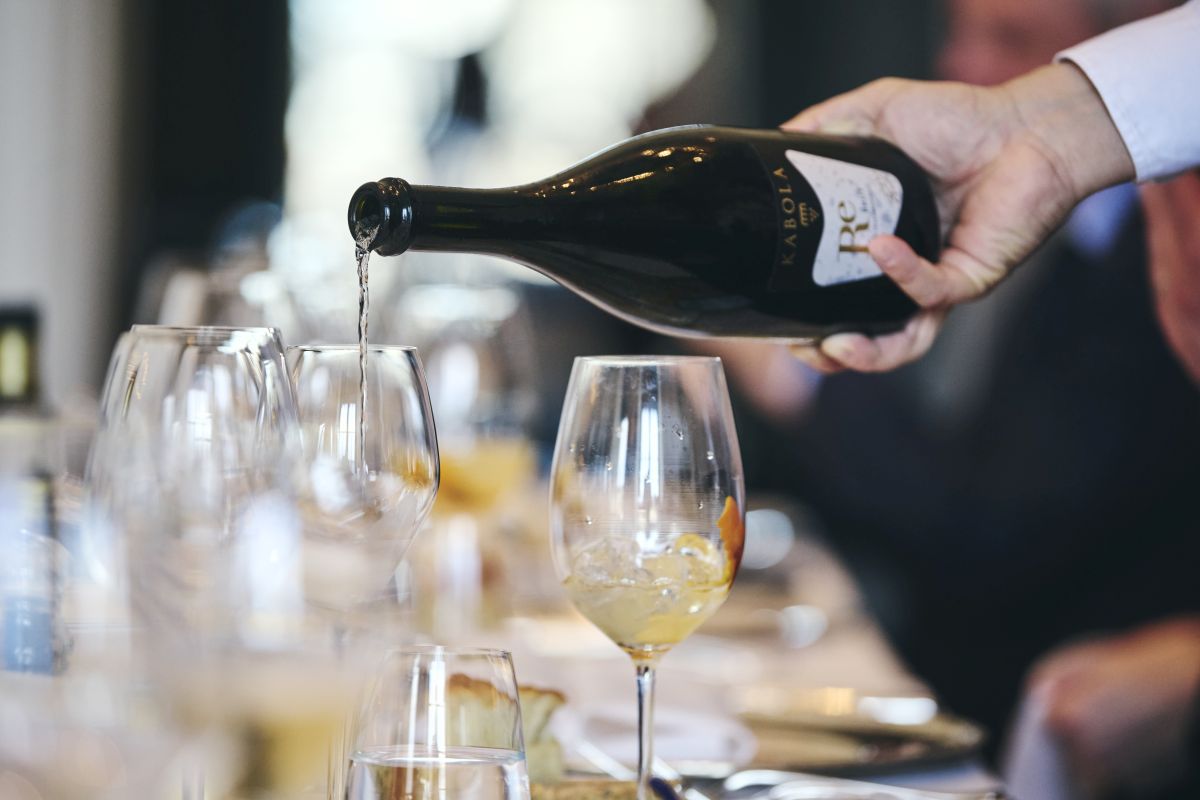
Embrace the celebration with Malvasia in sparkling form as some winemakers have embraced the sparkling wine trend, giving Malvasia a chance to shine in effervescence.
The gentle bubbles elevate the already enticing aromatics, making it an excellent choice for celebratory occasions and adding a touch of elegance to any gathering.
Effervescent and vivacious, these bubbling delights offer a refreshing twist to the traditional still wines. With lively notes of green pear, white flowers, and a fine mousse, they add a touch of festivity to any occasion.
These wineries produce some of the best sparkling wines from Malvasia (and other varieties blended with the mentioned):
The crisp and zesty Malvasia Istriana
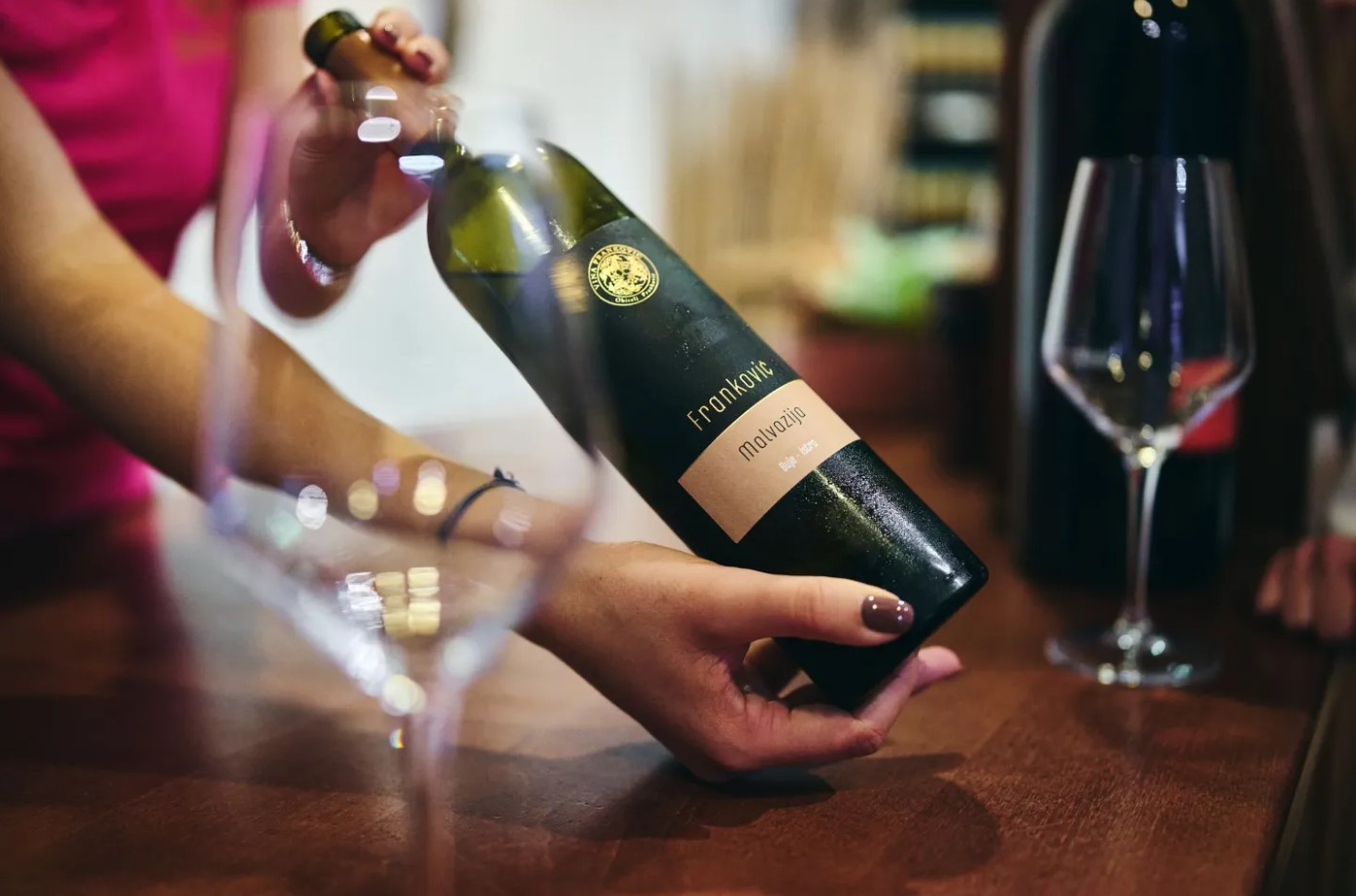
Considering this outstanding diversity, it might be somewhat surprising to learn that, according to the estimations of winemakers themselves, the market overwhelmingly favors the fresh style, accounting for a staggering 90 to 95 percent or possibly even more, reflecting the preferences of a broad spectrum of consumers.
While the dominance of the fresh style in the market may be surprising, it speaks to consumers’ enduring love and appreciation for this Istrian staple’s crisp, lively character.
Embodying the essence of the Istrian terroir, the light, and youthful Malvasia Istriana captivates with its citrusy notes, evoking the sensation of strolling through sun-kissed orchards.
Some vintners opt for the traditional approach in the vineyard, aiming to preserve the vibrant and crisp character of the grape, capturing its essence as a refreshing and aromatic wine, perfect for warm summer days and delightful aperitifs.
Bursting with flavors of green apple, lemon zest, and a hint of bitter almond, these wines are perfect companions for lazy afternoons and fresh seafood dishes.
We recommend the next crisp and fresh Malvasia wines:
The complex and aged Malvasia Istriana
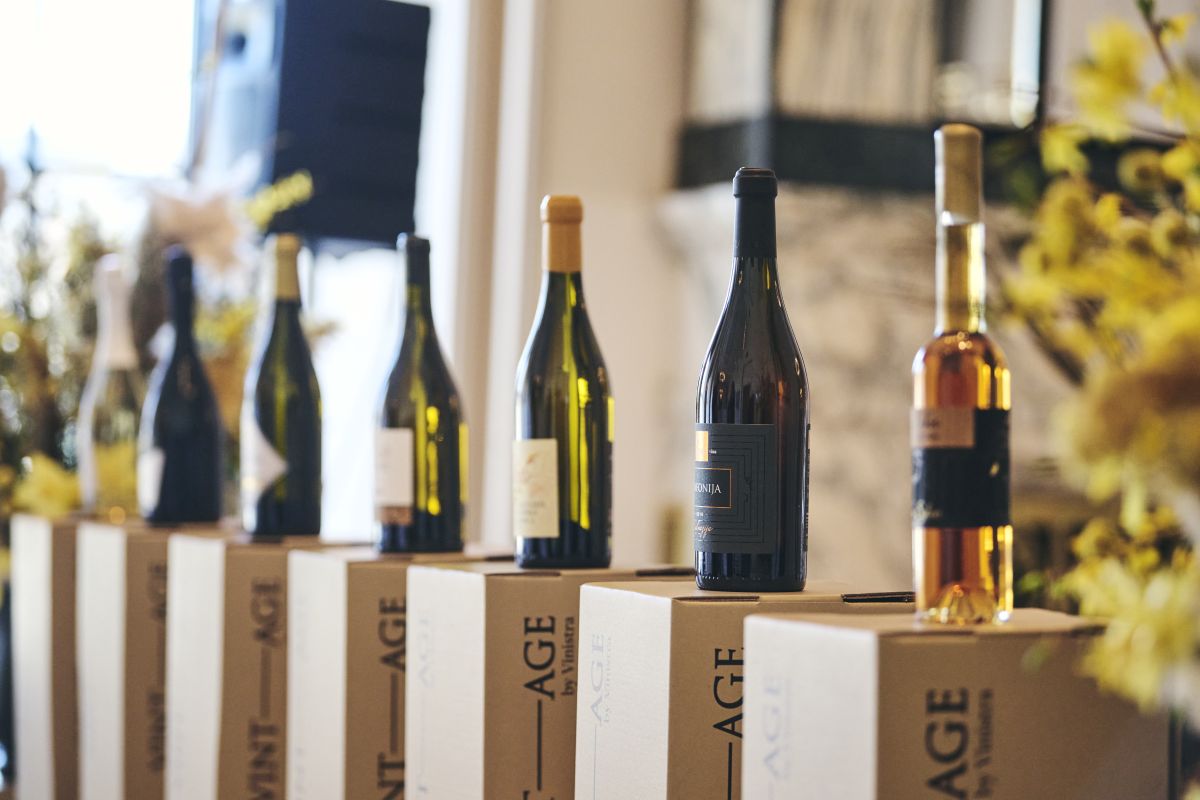
Throughout the ages, Malvasia has become an emblematic symbol of Istria’s winemaking identity. The region’s winemakers have mastered the art of harnessing the grape’s potential, consistently crafting exceptional wines that reflect the essence of Istria’s terroir.
This dedication has elevated the brand’s reputation and put Istria on the world wine map.
While the young Malvasia Istriana wines showcase the vibrancy of youth, complexity and depth are gained with aged Malvasia.
Winemakers carefully select the finest grapes and employ traditional methods to ferment and age these wines, unlocking a hidden treasure trove of flavors and complexities.
The aging process allows the wines to mature gracefully, transforming their character over time. Golden hues replace the youthful straw tones, while the nose becomes an intricate tapestry of honeyed aromas, dried fruits, and a delicate touch of toasted almonds.
The taste also evolves into something extraordinary – a harmonious blend of rich, full-bodied textures, a mesmerizing play of sweet and savory, and a lingering finish that resonates long after the last sip.
Each sip unveils a new facet of this intriguing grape, leaving an indelible mark on the senses.
The captivating evolution of aged Malvasia has captured the attention of the most discerning wine critics worldwide.
Their words of praise and admiration for these exceptional wines have cemented their reputation as true winemaking treasures.
With every vintage, the winemakers of Istria continue to impress and astonish, pushing the boundaries of excellence even further.
If you’re interested in trying aged Malvasia, we suggest:
The oaky Malvasia Istriana
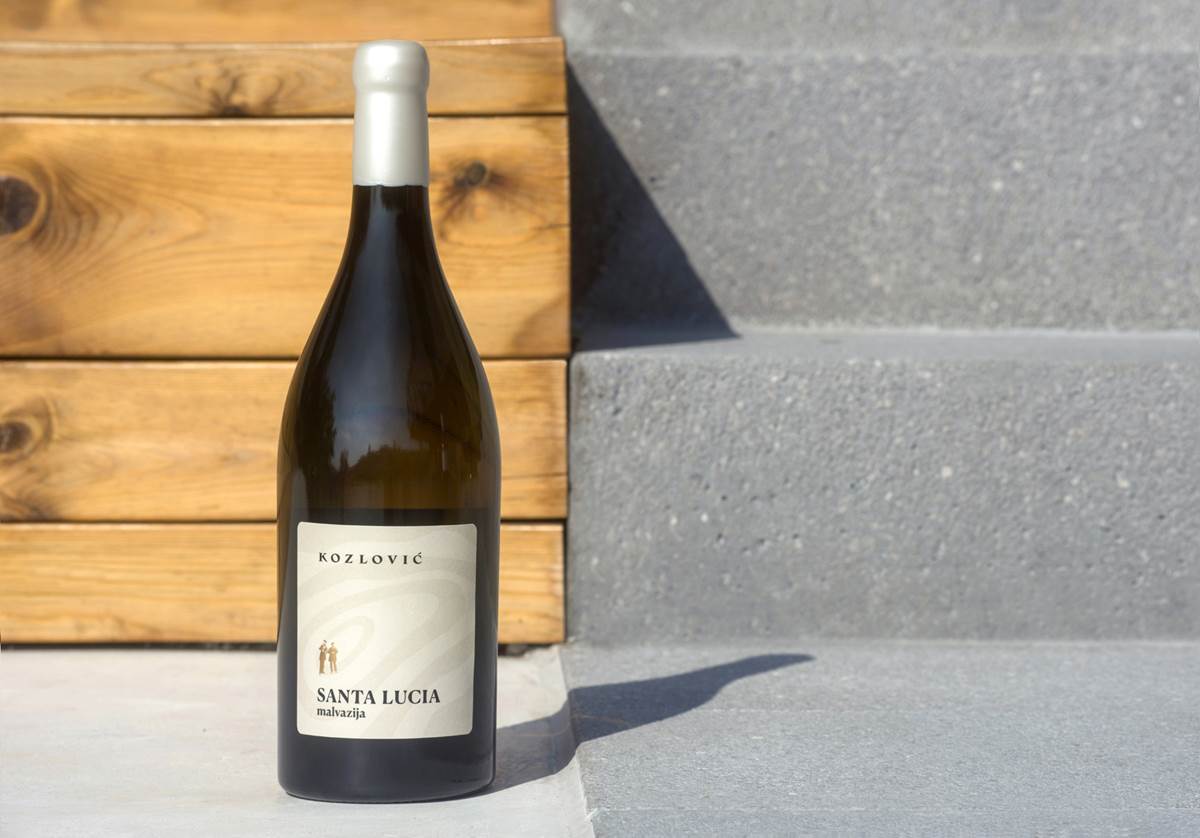
There is a growing trend among winemakers who experiment with small and discreet doses of barrel aging, believing it has the potential to transform the wine and add unique elements to its profile.
When we talk about “small and discreet doses,” we refer to a practice where only a fraction of the Malvasia wine is aged in oak or acacia barrels, sometimes even in used or large barrels.
This approach is carefully adopted to preserve the grape’s inherent delicacy while harnessing the intriguing possibilities barrel aging can bring.
Intrigued by the idea of accentuating the finesse of Malvasia through oak aging, winemakers are, nevertheless, cautious not to overshadow its floral and fruity aromas.
Winemakers observed a fascinating transformation by subjecting a small percentage of the wine to oak or acacia barrel aging.
The oak imparts subtle hints of vanilla and spice, complementing the grape’s natural characteristics. A careful selection of barrels ensures a gentle integration of barrel influences.
Thats the reason why some Istrian winemakers experiment with not just oak but with different types of barrels to see how they interact with Malvasia. In the end, some of them settle on using large, older barrels, as they allow for a more gradual and gentle oak integration.
The impact of barrel aging on Malvasia is a subject of much discussion and experimentation within the winemaking community.
Some critics argue that the grape’s inherent elegance is best preserved when aged solely in stainless steel or neutral containers.
However, some pioneering wineries have shown that oak or acacia aging can elevate Malvazija to new heights when approached with finesse and restraint.
Among the trailblazers in this practice are esteemed wineries such as:
The orange (amber) Malvasia Istriana
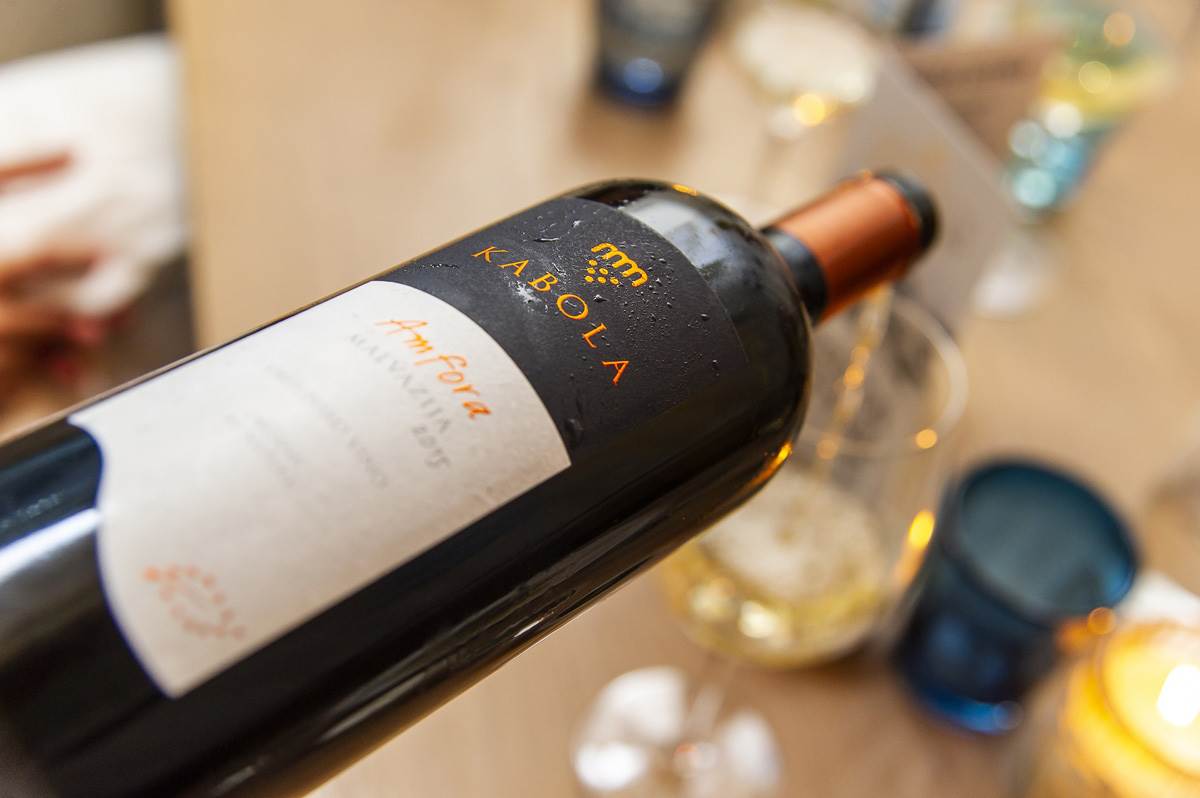
Are you ready to explore the exciting and funky side of the wine world? If so, amber or orange Malvasia wines are here to dazzle your taste buds and take you on a unique and expressive journey.
An emerging trend that has captivated modern wine enthusiasts, the skin-contact style lends a stunning amber hue to the wine. Offering an alluring balance of tannins and acidity, these wines boast intriguing flavors of dried apricots, tea leaves, and a delicate touch of salinity.
In recent times, these wines have been making waves and dynamically carving a niche for themselves in the wine scene. What makes them stand out is their perfect fusion of Malvasia’s rich fruitiness and expressiveness with the captivating art of orange winemaking.
You might be wondering, what exactly are orange wines? Well, imagine a mesmerizing blend of red vinification techniques applied to white grape varieties.
In simpler terms, it involves macerating the grapes with their skins for several days. This distinctive process imparts a remarkable array of aromas to the wines, reminiscent of dried apricot, apple, quince, orange, chrysanthemum, and sweet lemon. The result is an extraordinary symphony of flavors and textures.
Exploring the world of maceration and extended skin contact is a daring technique, used predominantly with red wines, which has been cleverly adapted for Malvasia, creating the so-called orange wines.
These wines display unique amber hues and a captivating combination of flavors and textures, with tannins and complexity rarely seen in white wines.
Orange-style Malvasia has gained a devoted following among adventurous wine lovers seeking something out of the ordinary.
Now, you might be wondering, what culinary delights should you pair with these wines?
Orange Malvasia Istriana wines shine their brightest when matched with intense flavors and unique dishes. Picture the perfect union of these wines with canapés featuring tapenade, fried artichokes served with tartare sauce, or the classic Middle Eastern delight, baba ganoush.
The interplay of flavors between the wines and these dishes is nothing short of a culinary symphony.
If you enjoy bold and adventurous choices, orange Malvasia wines are sure to impress.
Their rising popularity in the wine world speaks volumes about wine enthusiasts’ diverse and ever-evolving tastes worldwide.
We recommend tasting:
Conclusion
In conclusion, Malvasia Istriana stands tall as one of the most remarkable and influential wine brands of the Istrian region.
Malvasia is renowned for excelling across a wide stylistic range, embracing its role as a fresh, matured, long-macerated, orange-style, sparkling, and even a dessert wine.
The journey of Malvasia from its traditional roots to the forefront of innovation showcases the passion and dedication of Istrian winemakers.
By embracing diverse winemaking techniques and pushing the boundaries of style, they have given wine lovers worldwide the chance to savor the true essence of this remarkable grape, ensuring its place as a cherished and celebrated wine in the ever-evolving world of oenophiles.
Our Expertise
Valentina Silovic is an experienced sommelier and content creator with over a decade of expertise in the wine industry. She has worked in various settings, from luxurious hotels to cozy wine bars, and has explored the grandest wineries in Croatia, tasting and discussing an uncountable number of bottles along the way.
Want to meet the team behind Wine & more, seek recommendations, and discover in-depth insights into our product testing and reviews? Click here now!



